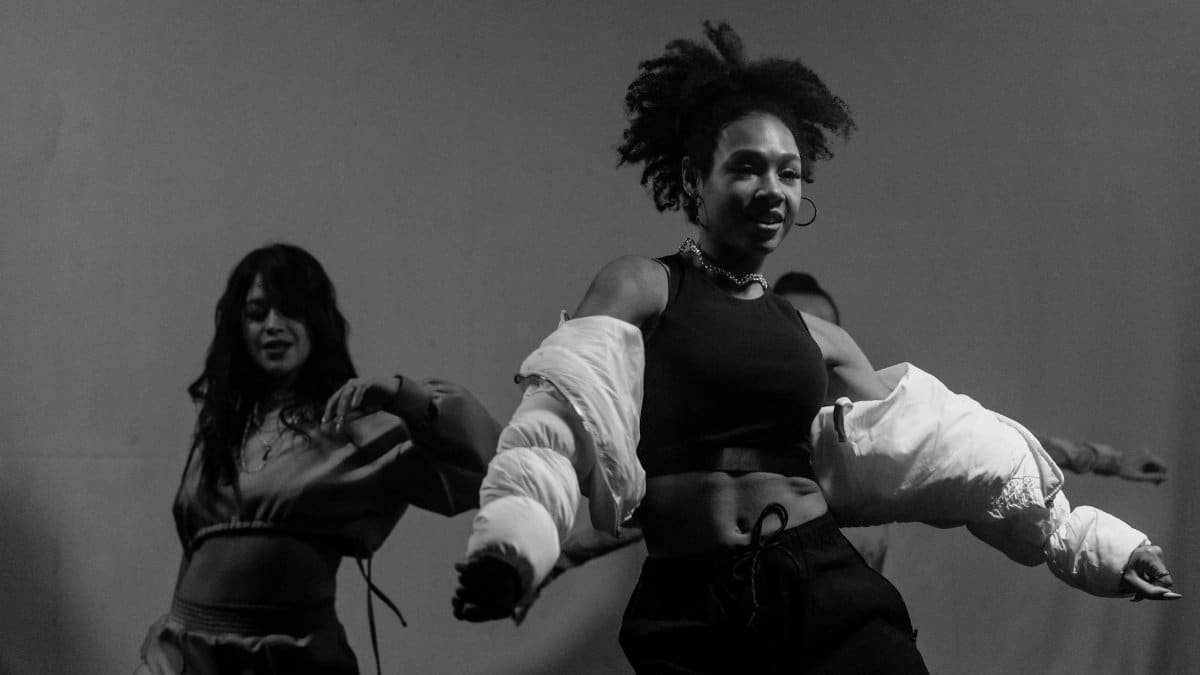In a world where self-doubt can feel like an unshakeable shadow, a surprising statistic offers a glimmer of hope. According to a 2023 survey by the National Center for Complementary and Integrative Health, about 1.2 million adults in the U.S. have tried Reiki, with many reporting improved emotional well-being. This uptick reflects a growing interest in alternative practices that tap into inner energy. Enter reiki flows, subtle yet powerful techniques rooted in this Japanese healing art. They aim to channel life force energy to dissolve blocks and foster confidence. As more Americans seek holistic ways to build resilience amid life’s pressures, these flows emerge as accessible tools. Far from mystical jargon, they blend ancient wisdom with modern needs, empowering individuals to step into their strength.
1. Grounding Flow: Anchoring Your Inner Strength
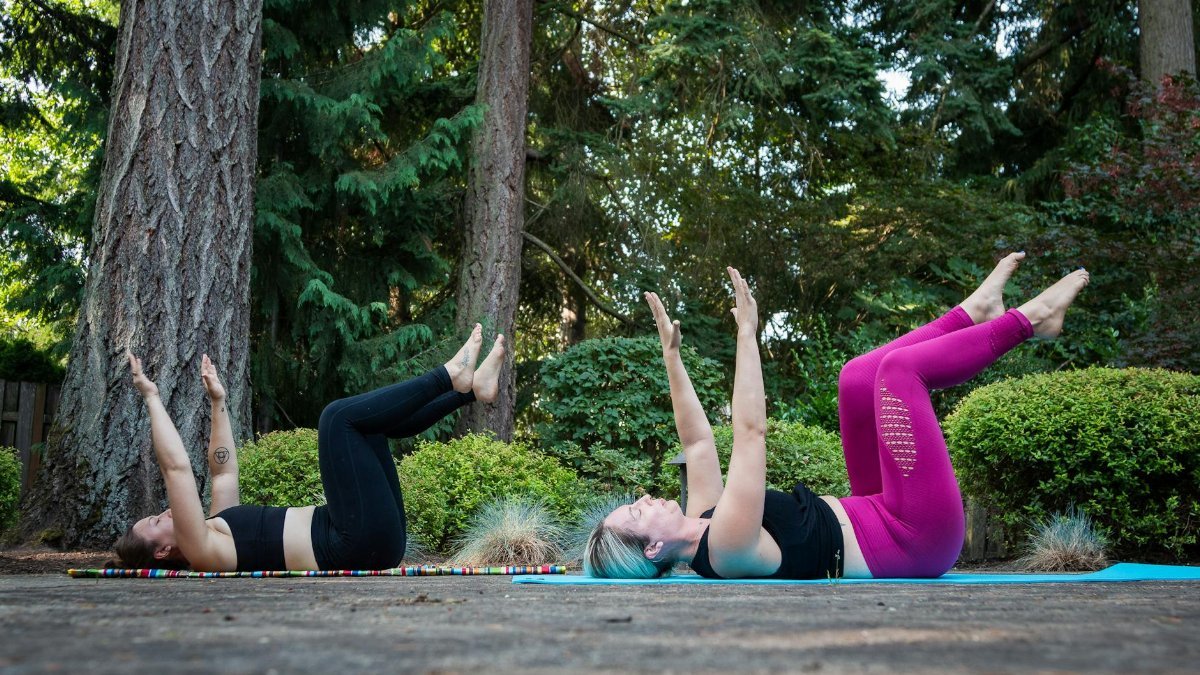
Start with the basics. Grounding flow begins by visualizing roots extending from your feet into the earth, drawing up stabilizing energy. This isn’t just imagination; it’s a deliberate act to connect with the present moment. Practitioners often describe it as feeling a warm surge that quiets racing thoughts. In sessions across wellness centers in cities like New York and Los Angeles, people report a newfound steadiness that counters everyday anxieties.
Consider Sarah, a mid-level manager in Chicago who felt overwhelmed by presentations. She incorporated this flow into her morning routine, standing barefoot and breathing deeply for five minutes. Over weeks, her posture shifted, and so did her self-assurance. It’s backed by insights from places like the National Center for Complementary and Integrative Health, which notes Reiki’s role in reducing stress. Yet, it’s not without skeptics. Some dismiss it as placebo, but emerging studies suggest measurable changes in heart rate variability, hinting at real physiological effects.
The beauty lies in its simplicity. No special tools required—just intention. As 2025 brings more emphasis on mental health in workplaces, this flow could become a quiet revolution for those battling imposter syndrome. Mix it with a short walk outdoors, and watch how it transforms fleeting doubts into solid resolve.
2. Heart Center Flow: Opening to Self-Compassion

What if confidence stemmed from kindness toward oneself? The heart center flow focuses on the chest area, where Reiki teaches energy can get stuck from past hurts. Place hands over your heart, envisioning a green light expanding outward. This practice draws from traditional Reiki symbols, adapted for personal use.
Online discussions often reveal how this flow uncovers hidden vulnerabilities. One anonymous account shared feeling a release, like shedding an old skin, after consistent practice. It aligns with findings from the Mayo Clinic, which explores Reiki’s potential in promoting relaxation and emotional balance. In a fast-paced era, where social media amplifies comparisons, this flow serves as a counterbalance.
Extend it by journaling affirmations during the process. The rhythm builds: inhale compassion, exhale judgment. Over time, users notice subtler shifts, like speaking up in meetings without hesitation. It’s a reminder that true empowerment flows from within, not external validation. As trends in 2025 lean toward integrative wellness, this approach bridges ancient techniques with contemporary self-care.
3. Solar Plexus Flow: Igniting Personal Power
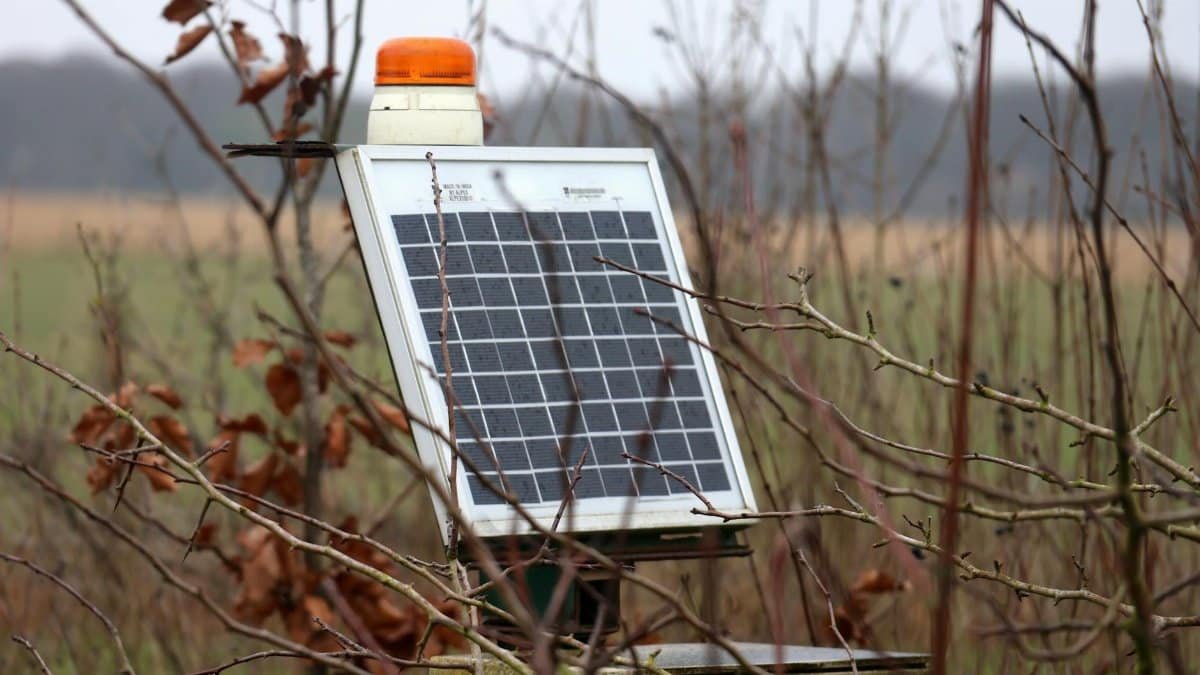
Dive into the core. The solar plexus, just above the navel, is seen in Reiki as the seat of willpower. This flow involves gentle circling motions with the hands, channeling yellow energy to dissolve fears of inadequacy. It’s dynamic, almost like stoking an internal fire.
Picture a teacher in Seattle who struggled with classroom authority. Incorporating this into her evenings, she felt a warmth that bolstered her decisions. Such stories echo broader patterns, supported by research from the National Institutes of Health, which has funded studies on energy healing’s impact on mood disorders. Yet, the flow invites nuance—it’s not about forcing strength but allowing it to emerge naturally.
Combine it with breathwork: short bursts of inhalation to fan the flames. In group settings, participants share how it reframes failures as fuel. Amid economic uncertainties in 2025, this reiki flow empowers proactive steps, turning hesitation into action. It’s less about grand gestures and more about that quiet ignition point where confidence sparks.
4. Throat Chakra Flow: Expressing Authentic Voice
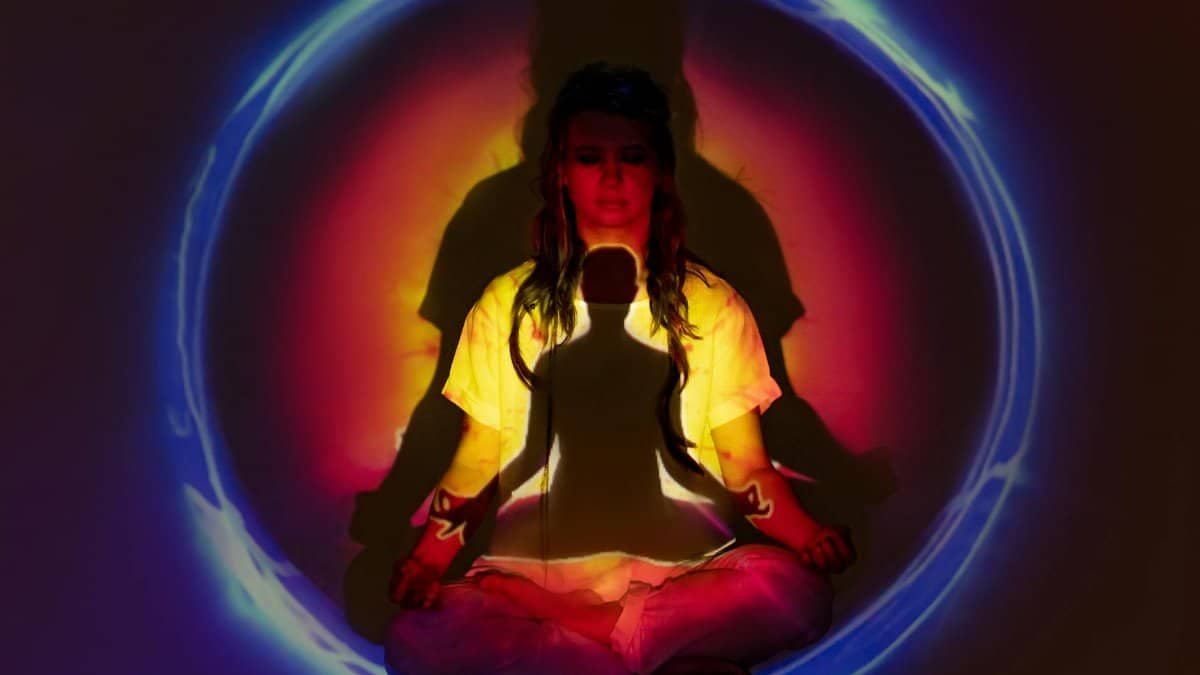
Communication is key to confidence, and the throat chakra flow targets just that. Visualize blue energy swirling in the neck area, clearing blocks that stifle expression. Hands hover or lightly touch, intending to release pent-up words.
One vivid example comes from a writer in Austin who battled public speaking fears. After weeks of this practice, her pitches flowed effortlessly. This resonates with data from the Pew Research Center on rising mental health awareness, where alternative therapies like Reiki gain traction for emotional expression. The flow isn’t magic; it’s a prompt for mindfulness.
Layer in vocal exercises, like humming, to amplify effects. Transitions feel seamless as self-doubt fades. In relationships, it fosters honest dialogues, healing old rifts. As 2025 spotlights personal branding in careers, mastering this flow could mean the difference between blending in and standing out. It underscores Reiki’s relational side, weaving confidence into daily interactions.
5. Third Eye Flow: Enhancing Intuition and Clarity
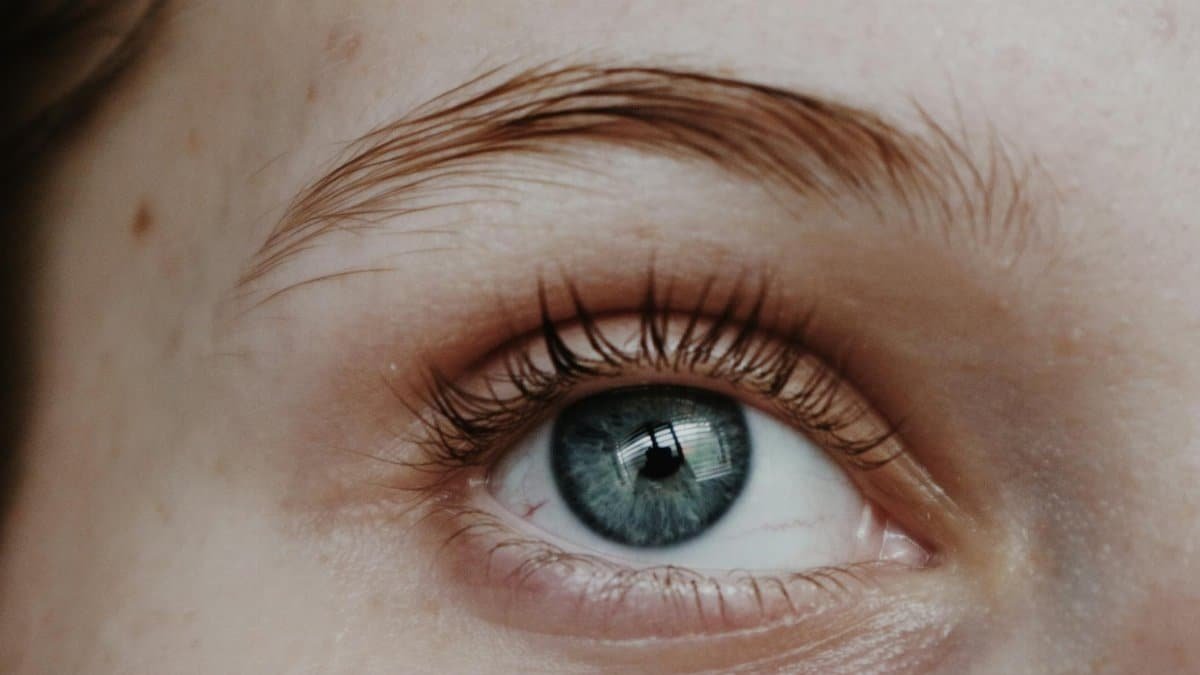
Beyond the physical, confidence often requires inner vision. The third eye flow centers on the forehead, using indigo light to sharpen intuition. Gentle pressure or sweeping motions help dispel mental fog, inviting clearer decisions.
Reflect on a entrepreneur in Denver who credited this for navigating business pivots. Amid uncertainty, it provided that gut-level certainty. Studies, such as those referenced by the NCCIH on complementary practices, highlight Reiki’s role in cognitive well-being. Yet, it demands patience—results build gradually.
Integrate meditation: focus on a single question during the flow. Sentences shorten in moments of insight, thoughts crystallize. This practice counters the information overload of modern life, fostering trust in one’s judgment. In 2025’s evolving wellness landscape, it positions reiki flows as allies for intuitive living, empowering choices that align with true self.
6. Crown Connection Flow: Aligning with Higher Purpose

Finally, elevate it all. The crown connection flow links to the top of the head, channeling violet energy for a sense of universal support. It’s about surrendering to a bigger picture, which paradoxically boosts personal confidence.
An artist in Miami found this transformative after creative blocks. Visualizing an open channel, inspiration returned, along with boldness in her work. This ties into broader explorations by institutions like the Mayo Clinic on Reiki for stress management, emphasizing its holistic benefits. The flow invites reflection on life’s interconnectedness.
Practice in quiet evenings, perhaps with soft music. It weaves together the previous flows, creating a symphony of self-assurance. As Americans grapple with purpose in 2025, this reiki flow offers a pathway to empowerment, reminding us that confidence isn’t solitary—it’s part of a greater energy tapestry. Through consistent use, it reshapes not just moments, but entire outlooks.
